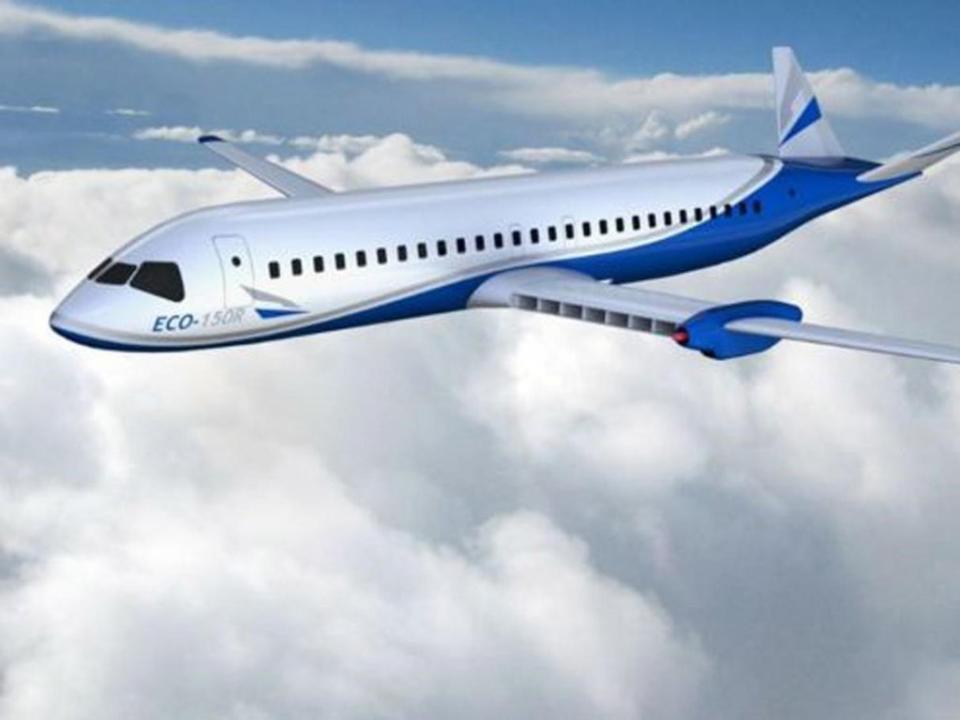Battery breakthrough achieves energy density necessary for electric planes

Researchers have achieved a world-leading energy density with a next-generation battery design, paving the way for long-distance electric planes.
The lithium-air battery, developed at the Japanese National Institute for Materials Science (NIMS), had an energy density of over 500Wh/kg. By comparison, lithium-ion batteries found in Tesla vehicles have an energy density of 260Wh/kg.
The new battery can also be charged and discharged at normal operating temperatures, making them practical for use in a technologies ranging from drones, to household appliances.
According to the researchers, the battery “shows the highest energy densities and best life cycle performance ever achieved” and marks a major step forward in realising the potential of this energy storage.
“Lithium-air batteries have the potential to be the ultimate rechargeable batteries: they are lightweight and high capacity, with theoretical energy densities several times that of currently available lithium ion batteries,” according to a release posted by NIMS.
The team is now planning to implement other materials into the battery with the aim of significantly increasing the battery’s cycle life.
Energy density has been the biggest obstacle towards the advancement of electric planes, with 500Wh/kg viewed as an important benchmark for achieving both long-haul and high-capacity flights.
Lithium-air batteries have the potential to hold up to five times more energy than lithium-ion batteries of the same size (3,460 Wh/kg), however previous experimental designs have consistently failed beyond the lab scale.
The batteries work by combining oxygen in the air with the lithium present in the anode, which comes with safety issues that the latest research was able to overcome.
Until now, electric planes have been small and incapable of carrying large numbers of passengers over long distances, with efforts typically focussing on short-distance, private aircraft.
This week, Rolls-Royce’s Spirit of Innovation electric plane was confirmed to be the world’s fastest battery-powered vehicle after achieving speeds of over 600kph (380mph).
Achieving such feats on a larger scale would not only reduce pollution from fuel-burning engines, but also eliminate noise pollution that forces airports to be located in areas with low population densities.

 Yahoo Finance
Yahoo Finance 